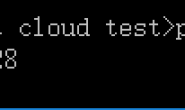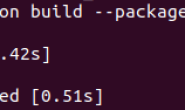Example of Newton-Raphson method with bisection in Python
''' root = newtonRaphson(f,df,a,b,tol=1.0e-9).
Finds a root of f(x) = 0 by combining the Newton-Raphson
method with bisection. The root must be bracketed in (a,b).
Calls user-supplied functions f(x) and its derivative df(x).
'''
def newtonRaphson(f,df,a,b,tol=1.0e-9):
import error
fa = f(a)
if fa == 0.0: return a
fb = f(b)
if fb == 0.0: return b
if fa*fb > 0.0: error.err('Root is not bracketed')
x = 0.5*(a + b)
for i in range(30):
fx = f(x)
if abs(fx) < tol: return x
# Tighten the brackets on the root
if fa*fx < 0.0:
b = x
else:
a = x
# Try a Newton-Raphson step
dfx = df(x)
# If division by zero, push x out of bounds
try: dx = -fx/dfx
except ZeroDivisionError: dx = b - a
x = x + dx
# If the result is outside the brackets, use bisection
if (b - x)*(x - a) < 0.0:
dx = 0.5*(b - a)
x = a + dx
# Check for convergence
if abs(dx) < tol*max(abs(b),1.0): return x
print 'Too many iterations in Newton-Raphson'




